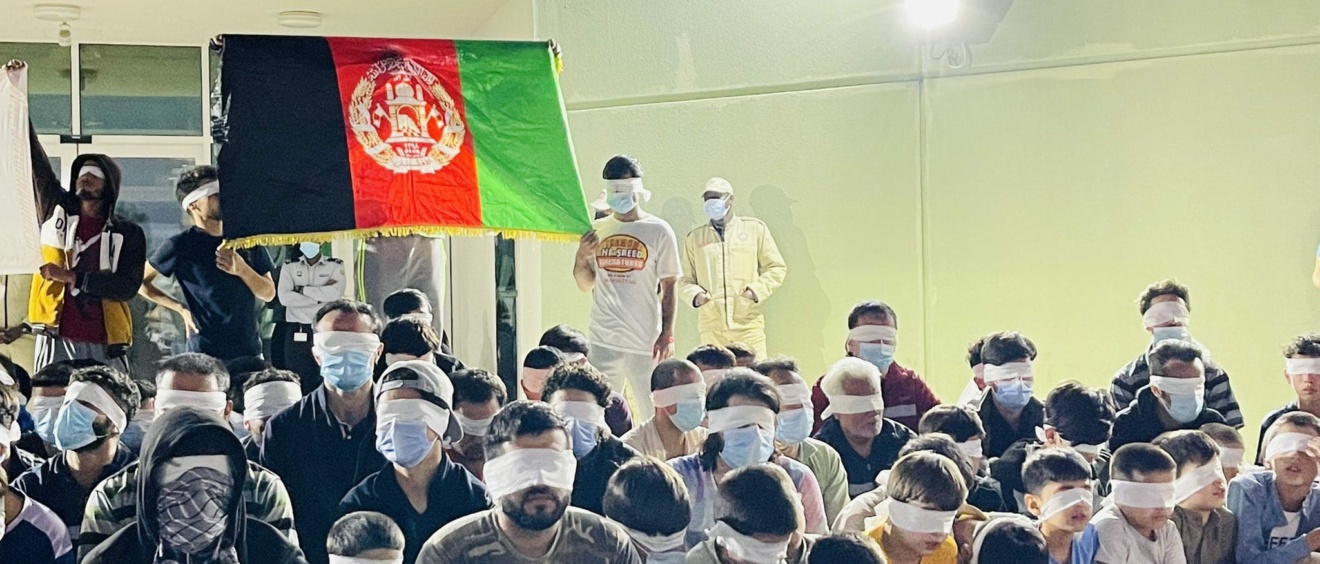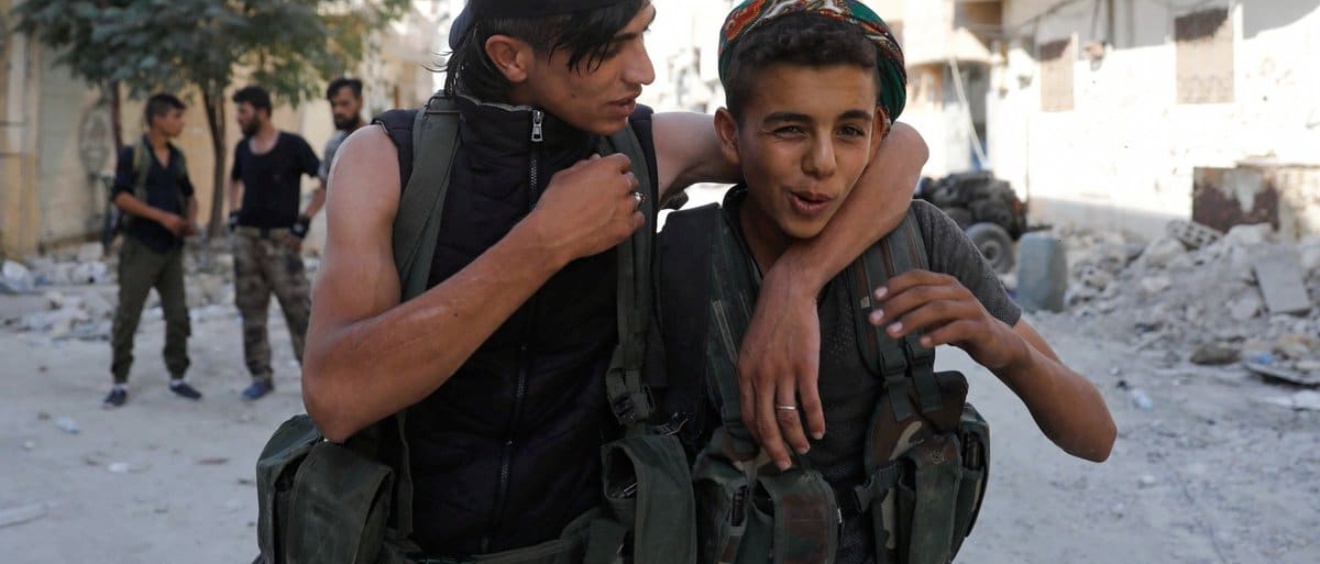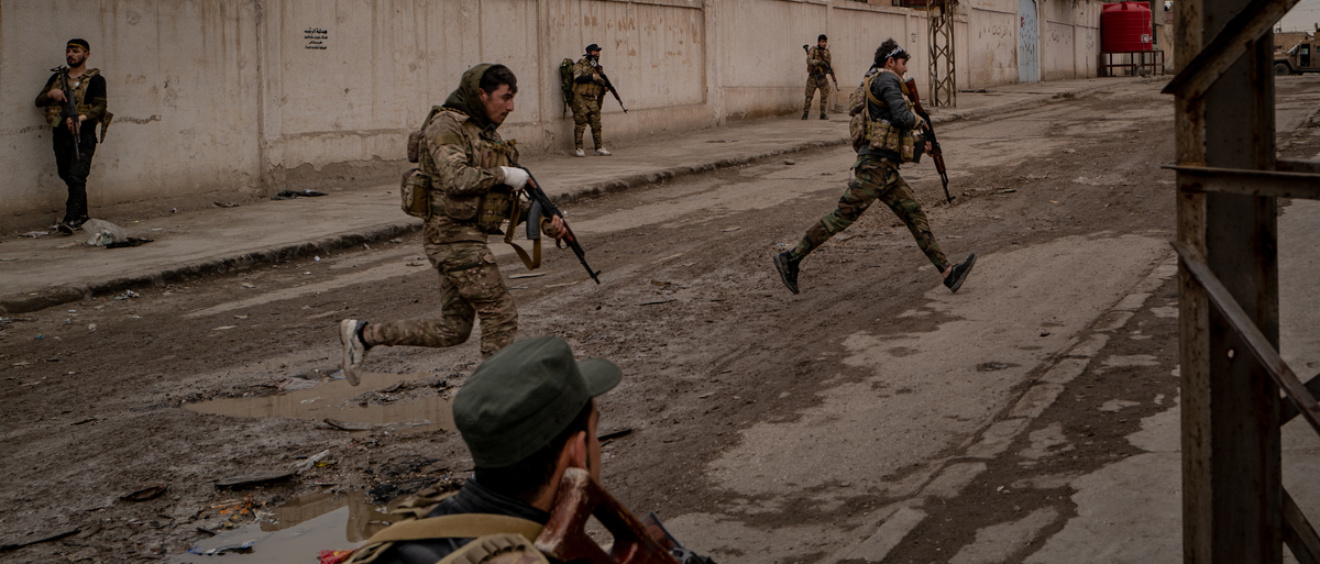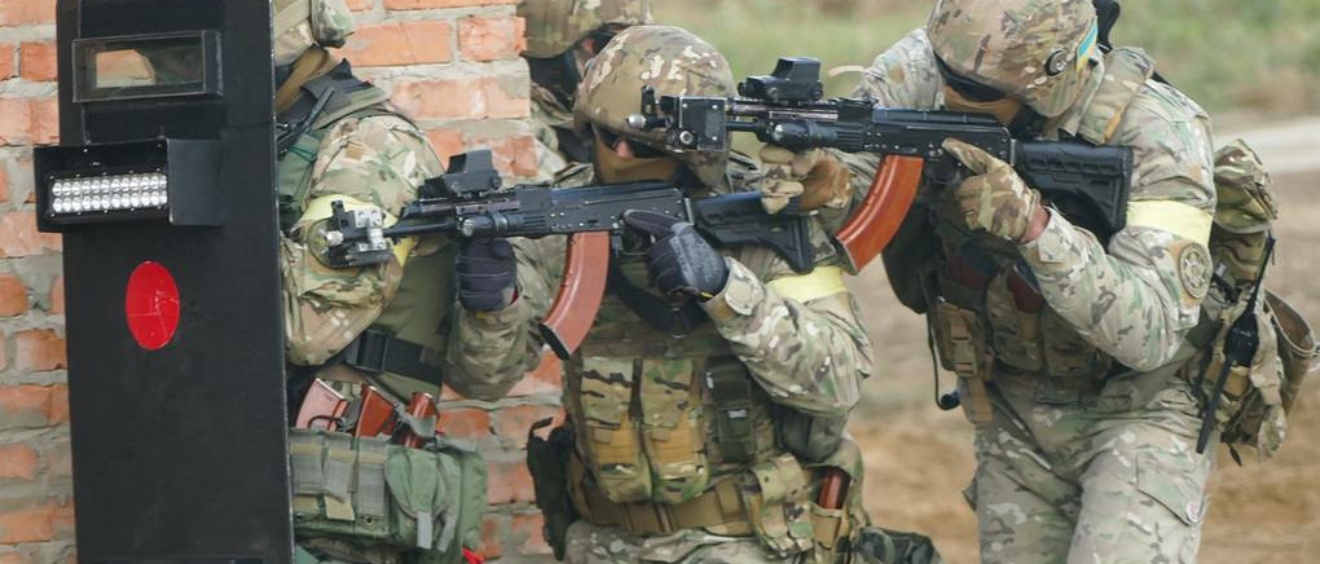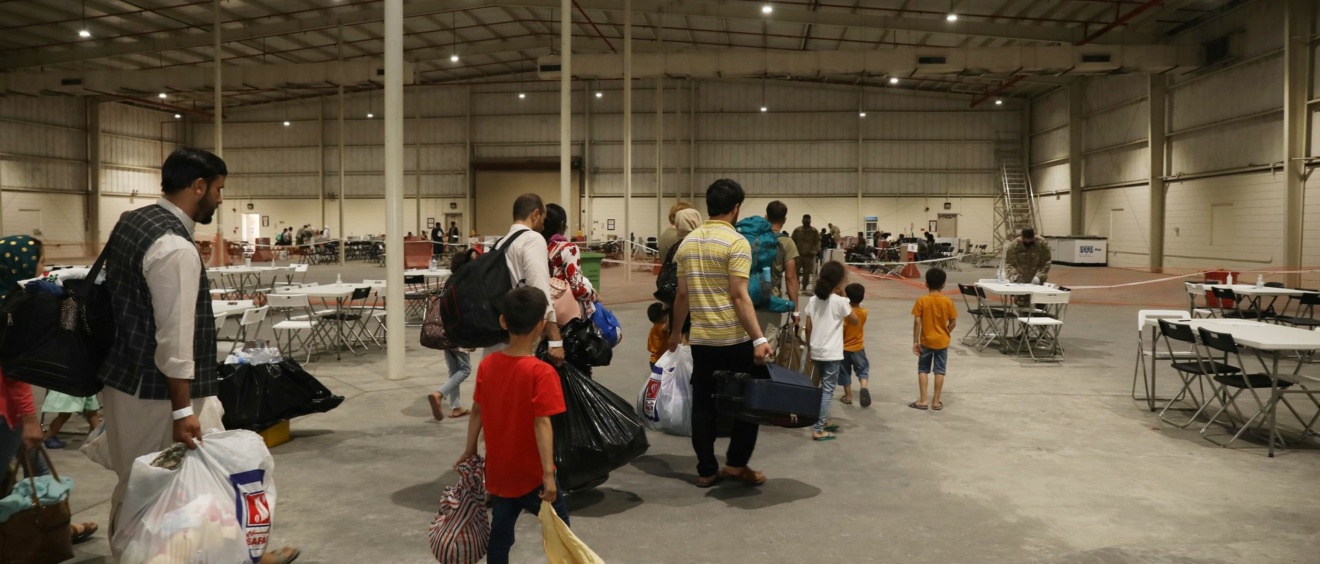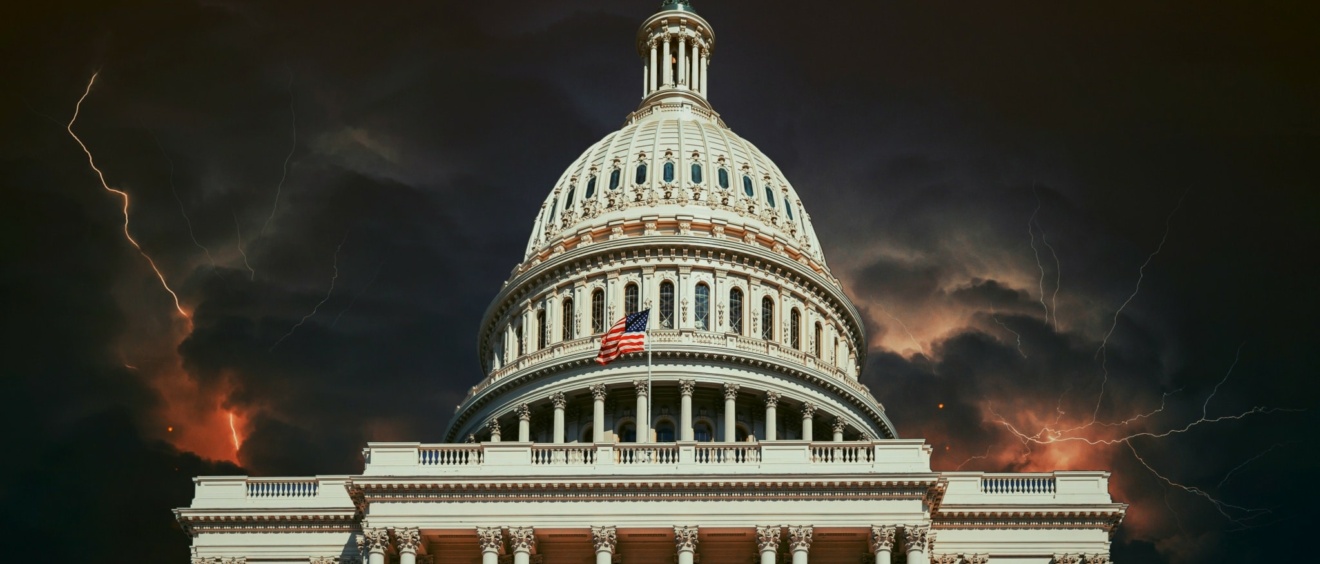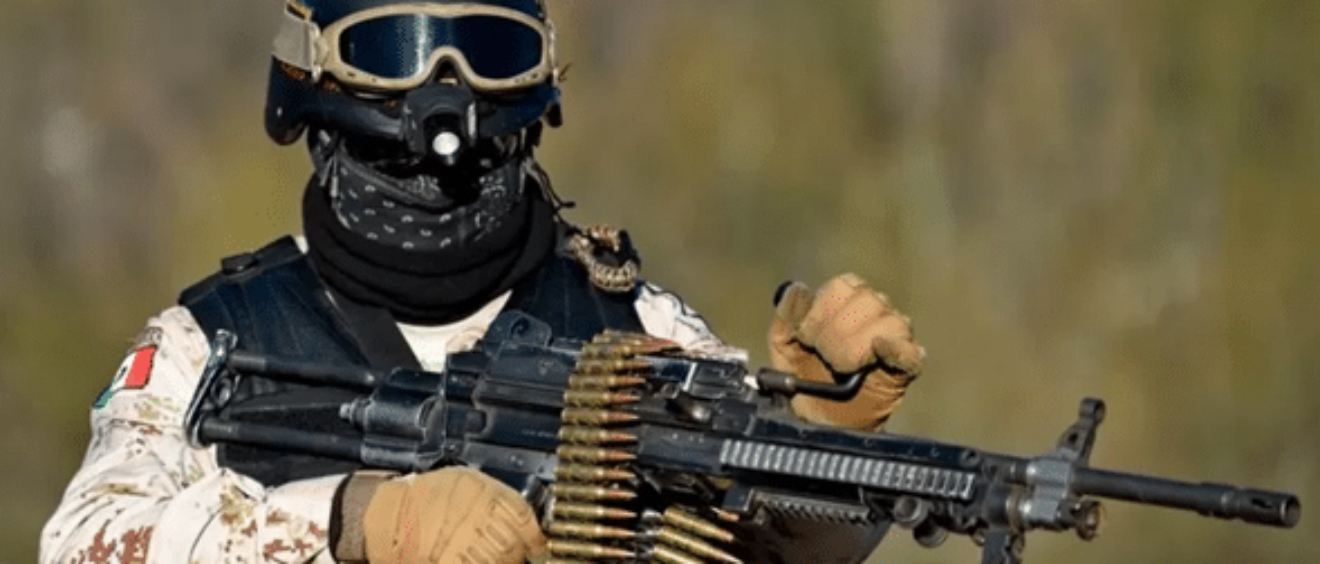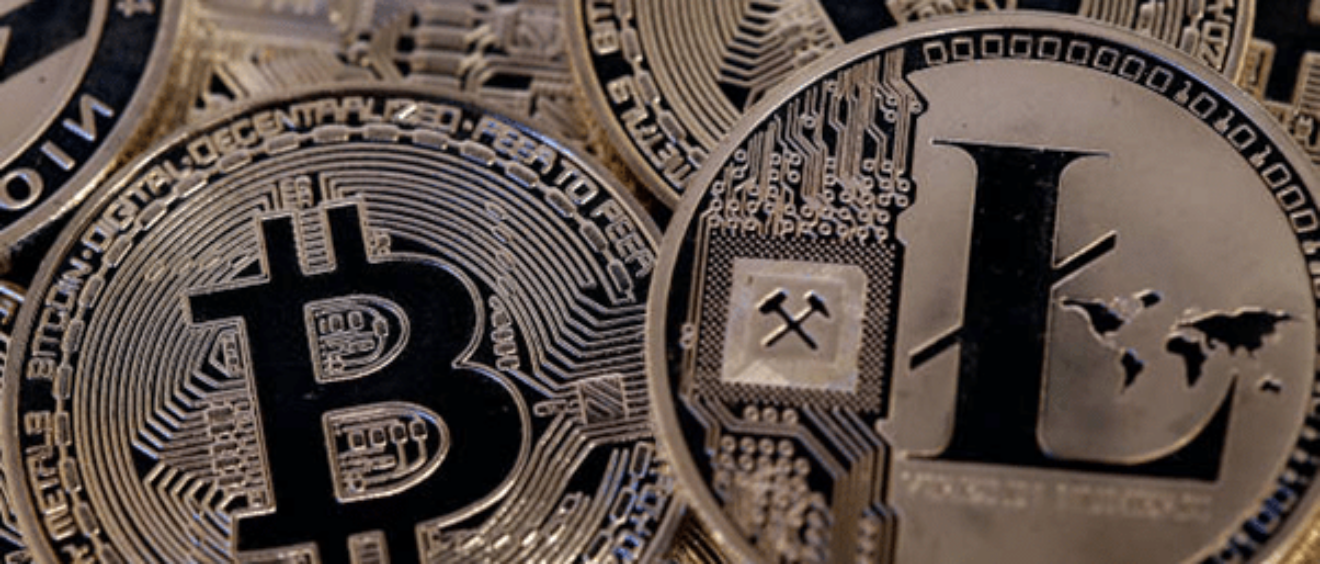“No one wants to believe that their beloved democracy is in decline, or headed toward war,” says Barbara F. Walter, a professor of political science at the University of California. But “the United States, a democracy founded more than two centuries ago, has entered very dangerous territory.” Speculation of a second civil war within the United States was once an outlandish proposition, a fantasy confined to the eccentric fringes of political discourse. Today, the threat of an insurgency within the country has invaded mainstream culture and commentary.
“Headed for Civil War”
Since the start of 2022, headlines that were once unthinkable have been emblazoned across the pages of the U.S.’s most popular news publications. “Is a Civil War ahead?” enquires the New Yorker, “Are We Really Facing a Second Civil War?” reads a column in the New York Times, “Is America Headed to a New Civil War?” asks the Washington Post.
The publication of these stories follows the recent release of two books detailing the looming threat of widespread civil unrest and political violence breaking out within the United States. In “How Civil Wars Start: And How to Stop Them”, Barbara F. Walters describes how American democracy has already passed through phases of “pre-insurgency” and “incipient conflict,” and that the attack on the Capitol may signal its entry into “open conflict.” According to Walters, the U.S. is “closer to civil war than any of us would like to believe.”
Meanwhile, as described in his book “The Next Civil War: Dispatches From the American Future”, Stephen Marche writes “the United States today is, once again, headed for civil war, and, once again, it cannot bear to face it.”
Whilst nearly three-quarters of Americans think that ordinary people rejecting political hostility and divisiveness would be a good thing for their country, less than one in ten believe this will happen. Indeed, with 42% believing it will increase, it is little surprise that polling following the Capitol Hill riot found that 51% of Americans foresaw political violence increasing in the coming years.
Further, a 2021 national survey by pollster John Zogby concluded that 46% believe a civil war is likely, and a new report by NPR/Ipsos published early this year has revealed that 70% of Americans agree “America is in crisis and at risk of failing.”
Discussion of a violent insurrection within the United States has been dismissed as absurd, sensationalist, alarmist, and even irresponsible by some commentators. But, as the immense pressures of collapsing institutional trust, obscene economic inequality, intensifying racial tensions, climate-related crises, and technological disruption push American society to breaking point, ordinary citizens are increasingly vulnerable to radicalization, captured by the allure of extremist narratives that celebrate political violence.
As crisis and strife shake the country and as citizens come to see violence as their only means of political expression, the question must be asked: could an armed insurgency really emerge within the United States?
Democracy in Decline
“Civil wars ignite and escalate in ways that are predictable; they follow a script,” writes Walters, a member of the Political Instability Task Force (P.I.T.F), a C.I.A. advisory panel that predicts outbreaks of civil war.
By law, the task force cannot apply its evaluative models to the United States, but in her new book Walters applies the same predictive criteria used to assess the emergence of political conflict within countries such as Ukraine, Northern Ireland, or Rwanda to the United States. “I’ve seen how civil wars start, and I know the signs that people miss. And I can see those signs emerging here at a surprisingly fast rate” Walter says. She concludes that the U.S. is on the threshold of “open insurgency,” an outbreak of sustained political violence involving terrorism and guerrilla warfare.
In her book, Walters outlines the strongest predictors of civil conflict. The first is whether a country is moving toward or away from democracy. When a country becomes an “anocracy”–that is, a country that is not a full democracy or autocracy–its likelihood of descending into civil violence significantly increases.
Despite the powerful mythologies surrounding American democracy, a majority of its citizens express skepticism. According to a 2018 report by the Pew Research Center, 63% believe the U.S. government does not reflect the views of most Americans, 69% do not believe the government is open or transparent, and 72% believe that campaign contributions lead to greater political influence.
These views are supported by extensive research. In December 2021, a report by the Stockholm-based International Institute for Democracy and Electoral Assistance designated the United States a “backsliding democracy.” Further, a widely reported 2014 study from two prominent U.S. political scientists, drawing data from over 1,700 policy initiatives across a two-decade period, concluded that “economic elites and organized groups representing business interests have substantial independent impacts on U.S. government policy, while average citizens and mass-based interests have little or no independent influence.” According to the authors, the U.S. can now be described as a “civil oligarchy.”
Indeed, according to analyses cited by Walters from the Center for Systemic Peace’s “polity score” index, which rates countries on a scale from +10 (fully democratic) to -10 (fully authoritarian), the U.S.’ score of +10 in 1974 has steadily declined, reaching +5 in 2020. Any country between -5 and +5 on the polity scale can be considered an anocracy, says Walters. Here, countries are three times more likely to experience civil war than full democracies. According to Walters, “a country standing on this threshold–as America is now, at +5–can easily be pushed toward conflict.”
Ethnic Factionalism
The second major risk factor for civil conflict is what the P.I.T.F. calls “factionalism,” a specific form of political polarization wherein identity becomes the dominant feature of party affiliation. According to Walters, “countries that factionalize have political parties based on ethnic, religious, or racial identity rather than ideology, and these parties then seek to rule at the exclusion and expense of others.”
According to Walters, the United States is currently undergoing a process of ethnic factionalization. “As late as 2008, white Americans were equally likely to vote for Democrats as they were to vote for Republicans”, Walters says. “That changed when Obama was elected and the white working class began to gravitate towards the Republican party.”
“Today, the Republican party is 90% white”, says Walters. “That is, by the task force definition, a country with an ethnic faction.” These factions become particularly dangerous during a phenomenon known as “downgrading” wherein a dominant group loses social status and political influence. According to Walters, “the groups that tend to start civil wars are the groups that were once dominant politically but are in decline. They’ve either lost political power or they’re losing political power.”
Walters points to the downgrading status of white Americans as a powerful risk factor for civil conflict. For many, the election of President Obama represented the emergence of a multiracial democracy that threatened the long-standing political hegemony of white America. Indeed, based on their demographic trajectory, white Americans are destined to become a minority within the United States over the next 20 to 30 years.
“We know historically that these types of groups tend not to go down without a fight,” says Walters. Given her analysis, it is little surprise that the number of armed militia groups within the United States surged from just 42 prior to Obama’s election, to over 300 within his first two years in office.
“A Party That Doesn’t Benefit from Democracy”
As the social and political status of white America continues to downgrade, with the country on course to becoming majority non-white within the coming decades, the ethnic factionalization of the Republic party could represent a serious threat to American democracy.
“It’s going to get harder for [the Republicans] to win elections as long as they embrace only this one subset of the population,” says Walters. “Suddenly we have a party that doesn’t benefit from democracy anymore, that doesn’t want democracy, that’s doing everything they can to cement in advantages that will lead to minority rule.”
These efforts to retain political influence in spite of the huge demographic shifts reshaping the United States have led Republicans to embrace various policies that have been criticised as anti-majoritarian, and even anti-democratic, by some commentators, such as electoral reforms that disadvantage non-white citizens, the redrawing of voting districts, and the packing of federal courts.
However, perhaps most concerning is the Republican party’s growing distrust in the electoral system itself. Nearly three-quarters of Republicans doubt the legitimacy of President Biden’s election victory, with 57% saying they will not vote for any future candidate who even recognises his victory. Further, whilst 90% of Democrats say they have trust in the 2024 election, this is true for just one in three Republicans.
Claims of election fraud have become a feature of mainstream Republican rhetoric. Regarding election integrity, Republican Rep. Madison Cawthorn of North Carolina has said, “if our election systems continue to be rigged, then it’s going to lead to one place and that’s bloodshed.” Whilst other Republican lawmakers, such as Representative Marjorie Taylor Greene of Georgia, has called for a “national divorce” between Republican and Democratic states, providing an outline for a breakup of the United States.
With faith in American democracy in freefall amongst Republicans, political violence is becoming increasingly normalized. In describing the actions of the Capitol Hill rioters, 56% of Republicans said they were “defending freedom,” 46% said it was “patriotism,” over a quarter expressed direct approval. Indeed, Republicans (30%) are almost three times as likely as Democrats (11%) to agree that “true American patriots might have to resort to violence in order to save our country.”
“It’s Really Unlikely to Happen”
However, there are strong reasons to think that the U.S. may not be headed for widespread civil conflict. “One important thing to know about civil war is that it’s very rare,” says Jay Ulfelder, a former P.I.T.F. research director and a fellow at the Carr Center for Human Rights Policy at Harvard Kennedy School.
“Onsets of new civil wars are quite rare, especially in the last several decades. We’re usually talking not more than a few around the world in any given year. And, very importantly, almost never in very wealthy countries, and certainly not in very wealthy democracies — that almost never happens. One of the rare exceptions is the conflict in Northern Ireland. But that kind of thing is virtually unheard of in wealthy, ostensible democracies in the last half-century. My knee-jerk reaction is that it’s really unlikely to happen [in the United States].”
Even if there were to be an outbreak of civil conflict within the U.S., it would bear little to no resemblance to the symmetrical, state-backed conflict of the 1860s. “One of the reasons most Americans can’t even conceive of a second civil war here is because they’re thinking of the first one,” says Walters. “They’re thinking about two large armies meeting each other on a giant battlefield, men in uniforms dragging cannons.”
According to Walters, “twenty-first century civil wars tend to be more like insurgencies, they tend to be decentralized, fought by lots of small groups, militias, paramilitary groups. Sometimes [they’re] working together, sometimes not, and they’re using unconventional tactics.” Indeed, a Northern Ireland-type insurgency appears the most plausible model for civil conflict within the United States.
These types of insurgencies are almost unseen in wealthy democracies. Indeed, whilst countries that fall into the anocracy zone are at heightened risk of civil conflict, Walter’s list of contemporary anocracies that have collapsed into full-scale civil war consists exclusively of countries shifting from authoritarianism to democracy. “It’s not clear, however, that the move from democracy toward authoritarianism would be destabilizing in the same way”, writes New York Times columnist, Michelle Goldberg. Indeed, as Walter concedes, “the decline of liberal democracies is a new phenomenon, and none have fallen into all-out civil war–yet.”
E Pluribus Unum
In sum, whilst there is reason to be concerned about civil conflict breaking out within the United States, commentators must remain measured and balanced. Inflammatory and hyperbolic language surrounding a potential insurgency can be dangerous.
“The belief that there was going to be a civil war in Ireland made everything worse. Once that idea takes hold, it has a force of its own,” writes Fintan O’Toole, drawing on his childhood experience of the Northern Ireland conflict. “The logic of the preemptive strike sets in: Do it to them before they do it to you…Premonitions of civil war served not as portents to be heeded, but as a warrant for carnage.”
However, whilst commentators must remain cognizant of their role in shaping public discourse, they should not ignore the risk of increasing political violence. The United States meets the two key predictive criteria for civil conflict, and as democracy backslides and racial polarization increases, the threat of insurgency only looms larger.
According to Walters, the multivariate modelling of the P.I.T.F. predicts that any country that meets these criteria is at around a 3.4% annual risk of civil war. Whilst this may seem small, this risk compounds over time; should a country consistently meet these criteria over a 20-to-30-year period, the threat of civil violence is enormous.
Fortunately, these trends can be reversed. The United States must work to protect its democracy, and to restore faith in elections. Further, efforts must be undertaken to prevent the ethnic factionalization of the political landscape. Government, the private sector, and civil society organizations all have an important part to play in this comprehensive effort at restoring trust in American democracy and rebuilding a sense of civic unity. The United States must remember that the reconciling of difference is at the core of its national ethos. Whether those differences be in ideology or identity, there is one truth that this country should never forget: e pluribus unum – out of many, one.
Oliver Alexander Crisp, Counter-Terrorism Research Fellow

